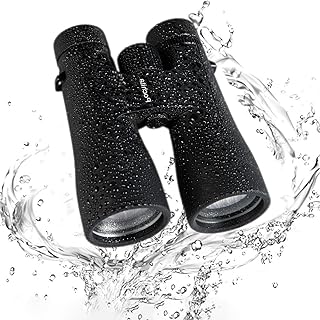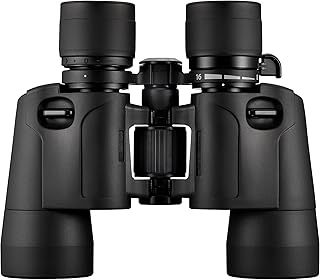When considering the best time to visit the Galapagos Islands, the answer may simply be whenever you can make the journey to this renowned archipelago. Situated near the equator, the Galapagos experience consistent warm and sunny weather throughout the year, with variations in temperature and rainfall being minimal. The primary attraction for visitors is the abundant wildlife, whether on land or underwater, making wildlife spotting a key activity for most tourists.
To gain insights into the optimal time to visit the Galapagos, experts like Jennifer Gillmore from Travel Beyond and Tom Damon from Southwind Adventures provide valuable perspectives. Gillmore emphasizes that the best time to visit depends on the experience you seek, while Damon highlights that personal goals influence the choice between a cruise or a land-based tour.
The Galapagos weather is typically hot and sunny, with slight variations between the rainy and dry seasons. The period from late December to mid-May offers warm weather and vibrant vegetation, making it an ideal time for hiking, exploring, and engaging in water activities. May, in particular, stands out as a preferred month due to warm waters and colorful landscapes, providing excellent opportunities for snorkeling and observing wildlife such as green sea turtles.
Conversely, the dry season from June to early December presents cooler temperatures and occasionally overcast skies. During this period, water temperatures drop, necessitating wetsuits for activities like snorkeling. Gillmore advises that rough seas from June to September may pose challenges for those prone to seasickness, whether on cruises or land-based trips.
Peak seasons in the Galapagos align with Northern Hemisphere school holidays, leading to increased visitor numbers during Christmas, New Year’s, and spring breaks. The winter months from December to March attract more tourists seeking warmth and sunshine. Despite the consistent weather, certain times of the year offer unique wildlife sightings, such as whales from June to November and waved albatrosses from April to November.
For first-time visitors, spending a week in the Galapagos is recommended to fully explore the islands and their diverse wildlife. Both cruise and land-based options provide distinct experiences, with cruises offering structured itineraries to reach remote islands, while land-based trips allow more flexibility and cultural interactions with local communities.
Activities in the Galapagos include guided hikes, snorkeling, kayaking, and stand-up paddleboarding, enabling visitors to immerse themselves in the natural beauty and wildlife of the islands. To maximize wildlife encounters, touring with a naturalist guide is essential, as independent exploration within the Galapagos National Park is prohibited to protect the unique ecosystems and wildlife.
Planning in advance is crucial for a successful Galapagos trip, with considerations such as accommodation availability, tour itineraries, and seasonal variations in weather and wildlife activity. While visiting the Galapagos may require a substantial investment, the opportunity to witness endemic species and pristine natural habitats makes it a once-in-a-lifetime experience worth the effort.
📰 Related Articles
- Expert Tips: Best Time to Visit Paris for Memorable Experience
- Galapagos Islands Travel Advice Updates Amid Ecuador Safety Concerns
- Experts Review Best Camping Lanterns for 2025 Outdoor Enthusiasts
- Best Times to Visit Peru for Memorable Travel Experiences
- Best Times to Visit Iceland: From Northern Lights to Hot Springs






